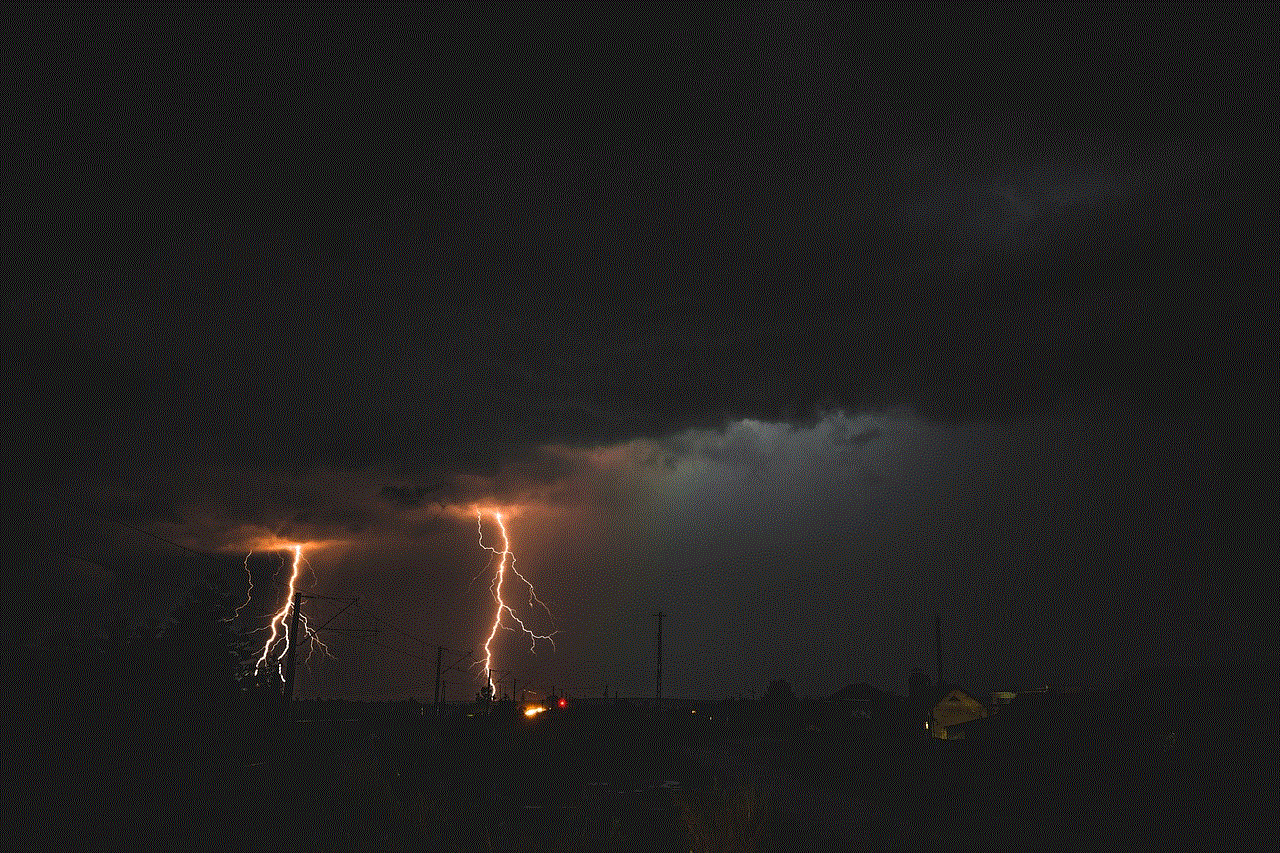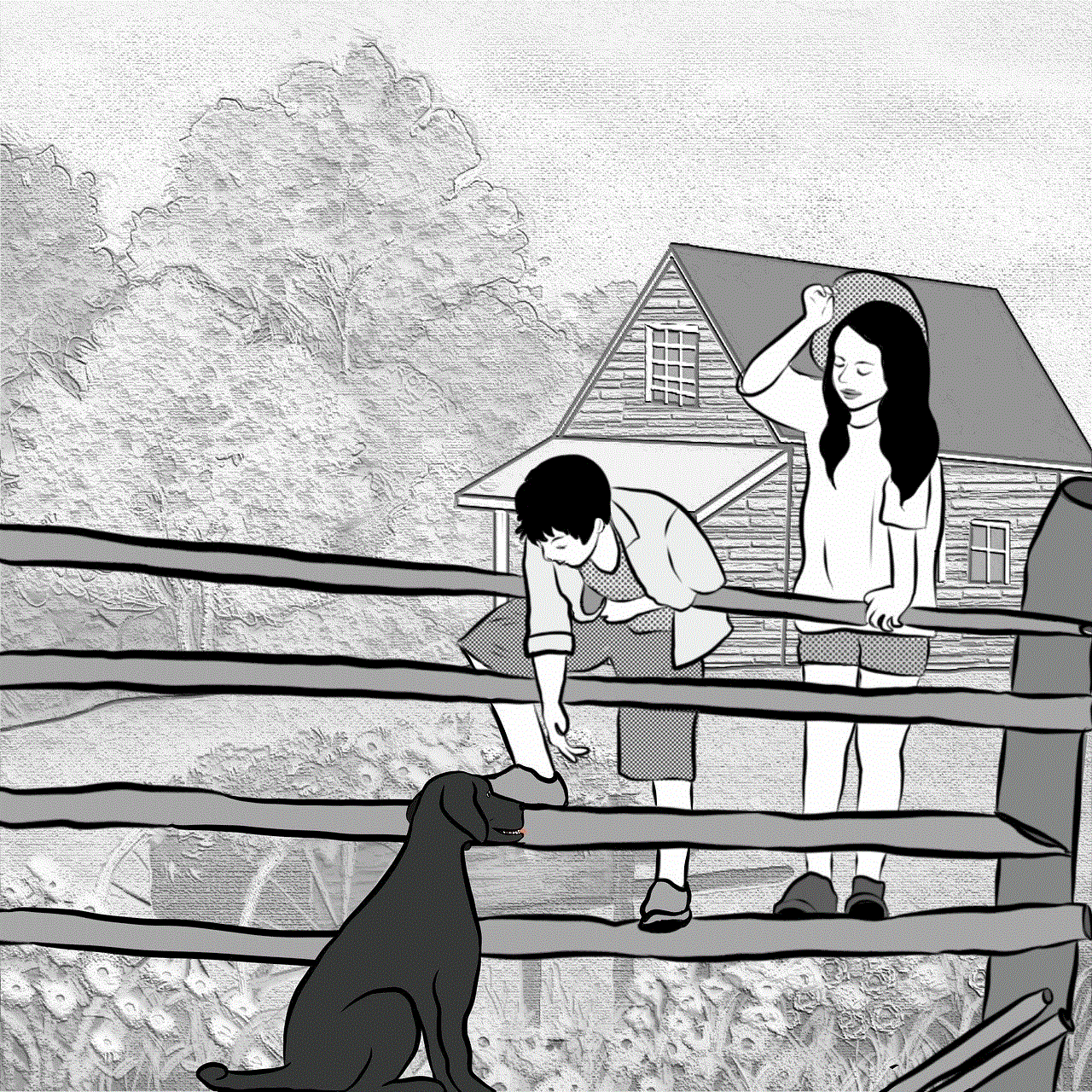allow apps to request to track
In today’s digital age, data privacy has become a growing concern for users worldwide. With the rise of social media and targeted advertising, companies are constantly collecting and analyzing user data to improve their marketing strategies. However, this has also raised questions about the ethical implications of data tracking and the protection of user privacy. As a result, tech giants like Apple have taken a stand by introducing a new feature called “Allow Apps to Request to Track” on their latest operating system, iOS 14.5. This feature has sparked debates and controversies, with some praising it as a step towards protecting user privacy, while others argue that it will harm small businesses. In this article, we will delve deeper into the concept of “Allow Apps to Request to Track” and its impact on users, businesses, and the digital world as a whole.
First and foremost, let’s understand what this feature is all about. “Allow Apps to Request to Track” is a new privacy feature introduced by Apple on iOS 14.5, which requires apps to ask for the user’s permission before tracking their data across other apps and websites. This means that when a user opens an app that wants to track their data for targeted advertising, the app will display a prompt asking for their consent. The user can then choose to either allow or deny the request. This feature aims to give users more control over their data and prevent apps from collecting and sharing their personal information without their knowledge or consent.
One of the main reasons for introducing this feature is to address the growing concerns of data privacy and the unethical use of user data by companies. With the rise of social media and e-commerce platforms, users are constantly bombarded with targeted ads based on their online activities. This is made possible by tracking user data, which includes their browsing history, location, and even personal information like age, gender, and interests. While some users may not mind seeing personalized ads, many feel that their privacy is being violated, and their data is being exploited for commercial gains. By giving users the option to allow or deny data tracking, Apple is empowering them to take control of their online privacy.
Moreover, this feature also aims to address the issue of data breaches and security threats. With the increasing number of cyber attacks and data breaches, it has become crucial to protect user data from falling into the wrong hands. By allowing apps to track user data without their consent, users are more vulnerable to these threats. With the “Allow Apps to Request to Track” feature, users can choose to only allow tracking for trusted and legitimate apps, reducing their risk of being exposed to security threats.
However, this feature has also faced criticism, especially from businesses that heavily rely on targeted advertising. Small businesses, in particular, have expressed concerns that this feature will negatively impact their revenue and ability to reach potential customers. This is because targeted advertising has proven to be an effective marketing strategy, and by limiting data tracking, businesses may not be able to reach their target audience as efficiently. This can be especially challenging for small businesses with limited resources, as they may not have the budget to invest in alternative marketing strategies.
On the other hand, the impact of this feature on big tech companies like facebook -parental-controls-guide”>Facebook and Google is debatable. These companies heavily rely on user data for their advertising revenue, and with the “Allow Apps to Request to Track” feature, they may see a decline in their profits. However, it is worth noting that these companies have other sources of data collection, such as their own platforms and websites, which will not be affected by this feature. Additionally, these tech giants have the resources to adapt and find alternative methods to collect data, making it unlikely that this feature will have a significant impact on their business models.
Apart from the potential consequences on businesses, this feature also has implications for the digital world as a whole. With the introduction of this feature, Apple has taken a strong stance on user privacy, which may influence other companies to follow suit. This could lead to a more privacy-focused internet, where users have more control over their data and are protected from unethical data tracking practices. However, this could also lead to a divide between companies that prioritize user privacy and those that prioritize profits, potentially creating a competitive disadvantage for businesses that choose to prioritize user privacy.
In conclusion, the “Allow Apps to Request to Track” feature introduced by Apple has sparked debates and discussions about data privacy, business practices, and the future of the digital world. While this feature aims to give users more control over their data and protect them from potential security threats, it has also raised concerns from businesses, particularly small ones. Only time will tell the true impact of this feature, but one thing is for sure – it has opened up a much-needed conversation about data privacy and the ethical use of user data. As users, we must be cautious about the information we share online and be aware of our rights to protect our online privacy.
how to find out who has you blocked on facebook
Facebook is the world’s largest social media platform, with over 2.7 billion monthly active users. It allows people to connect and interact with friends, family, and even strangers from all around the world. However, as with any online platform, there are certain features that can be used to restrict or limit interactions with other users. One of these features is blocking, which allows users to prevent someone from seeing their profile, contacting them, or interacting with them in any way. So, if you suspect that someone has blocked you on Facebook, how can you find out for sure? In this article, we will explore the different methods you can use to find out who has blocked you on Facebook.
What is blocking on Facebook?
Blocking on Facebook is a privacy feature that allows users to restrict interactions with other users. When you block someone on Facebook, they will no longer be able to view your profile, send you messages, or comment on your posts. The person you block will not be notified that they have been blocked, but they may notice that they are unable to interact with your profile. Blocking is a useful tool for those who want to limit their interactions with certain individuals, such as ex-partners, former friends, or even strangers who may be harassing them.
How can you tell if someone has blocked you on Facebook?
If you suspect that someone has blocked you on Facebook, there are a few signs you can look out for. The most obvious sign is that you are unable to find the person’s profile when you search for them. If you were previously friends with them, their name will no longer appear in your friend list. Additionally, if you try to send them a message, it will not be delivered, and their name will appear in black instead of blue. However, these signs are not foolproof, as the person may have simply deactivated or deleted their account. So, how can you be sure that someone has blocked you on Facebook? Let’s explore some methods you can use to find out.



1. Use the search bar
The first method you can use to find out if someone has blocked you on Facebook is by using the search bar. Simply type the person’s name into the search bar and see if their profile appears. If you are unable to find their profile, it could mean that they have blocked you. However, it is also possible that they have deactivated or deleted their account, so this method is not entirely reliable.
2. Check mutual friends
Another way to determine if someone has blocked you on Facebook is by checking your mutual friends. If you and the person you suspect have blocked you have mutual friends, you can ask them if they can still see the person’s profile. If they cannot, it is a good indication that the person has blocked you. However, if they can still see the person’s profile, it could mean that they have deactivated or deleted their account, or they have simply unfriended you.
3. Look for previous interactions
If you were previously friends with the person, you can check your previous interactions to see if they have blocked you. For example, if you have commented on their posts or they have commented on yours, you can go back and see if their comments are still visible. If their comments have disappeared, it could mean that they have blocked you. However, if their comments are still there, it could mean that they have deactivated or deleted their account, or they have simply unfriended you.
4. Try to tag them in a post
Another method you can use to determine if someone has blocked you on Facebook is by trying to tag them in a post. If you are unable to tag them or their name does not appear as a suggestion when you start typing it, it could mean that they have blocked you. However, if you are able to tag them, it could mean that they have deactivated or deleted their account, or they have simply unfriended you.
5. Check their profile from a mutual friend’s account
If you have a mutual friend with the person you suspect has blocked you, you can ask them to check the person’s profile from their account. If they are able to view the person’s profile, it could mean that they have blocked you. However, if they are unable to view the person’s profile, it could mean that they have deactivated or deleted their account, or they have simply unfriended you.



6. Use a third-party app
There are several third-party apps available that claim to be able to tell you who has blocked you on Facebook. These apps work by analyzing your friend list and comparing it to previous versions to determine who has unfriended or blocked you. However, these apps are not endorsed by Facebook and may not always be accurate. It is also important to note that these apps may require you to provide access to your Facebook account, which can compromise your privacy and security.
7. Create a new account
If you have exhausted all other methods and still cannot determine if someone has blocked you on Facebook, you can try creating a new account and searching for the person’s profile from there. If you are able to find their profile on your new account, it could mean that they have blocked you. However, if you are still unable to find their profile, it could mean that they have deactivated or deleted their account, or they have simply unfriended you.
8. Ask the person directly
If you have a way to contact the person you suspect has blocked you, you can ask them directly. However, this method may not always be successful, as the person may choose not to respond or may deny blocking you. If you do choose to reach out to the person, be respectful and do not accuse them of blocking you. It is also important to consider why you were blocked in the first place and whether it is worth trying to reconnect with the person.
9. Respect their decision
If you have determined that someone has blocked you on Facebook, it is important to respect their decision. They may have their reasons for blocking you, and it is not your place to question or criticize their decision. If you continue to try and contact the person after being blocked, it could be considered harassment, which is a violation of Facebook’s Community Standards. It is best to move on and focus on building positive relationships with other people on the platform.
10. Consider your own actions
Lastly, if you have been blocked by someone on Facebook, it may be a good opportunity to reflect on your own actions. Did you do or say something that may have caused them to block you? If so, it may be a good idea to apologize and try to make amends. However, if you were blocked without any apparent reason, it may be best to move on and focus on building positive relationships with others.



In conclusion, Facebook blocking is a privacy feature that allows users to restrict interactions with other users. If you suspect that someone has blocked you on Facebook, there are several methods you can use to find out for sure. These include using the search bar, checking mutual friends, looking for previous interactions, trying to tag them in a post, and using a third-party app. However, it is important to respect the person’s decision to block you and not harass them by trying to contact them through other means. It is also a good opportunity to reflect on your own actions and consider whether it is worth trying to reconnect with the person. Remember, Facebook is a platform for connecting and building positive relationships, and it is important to use it respectfully and responsibly.
0 Comments